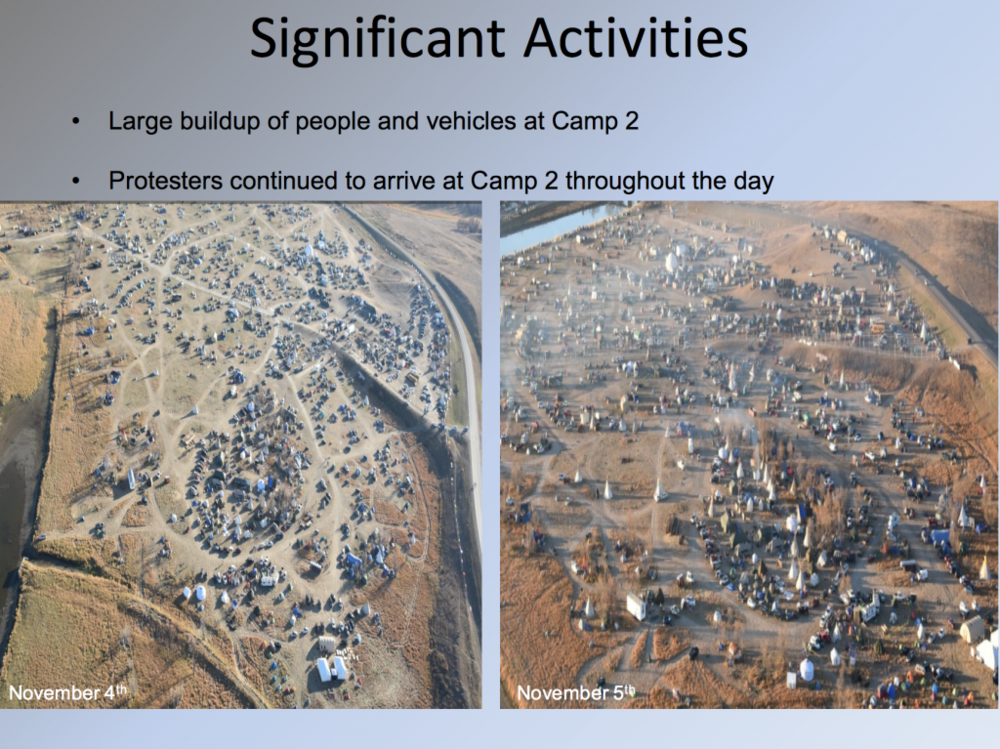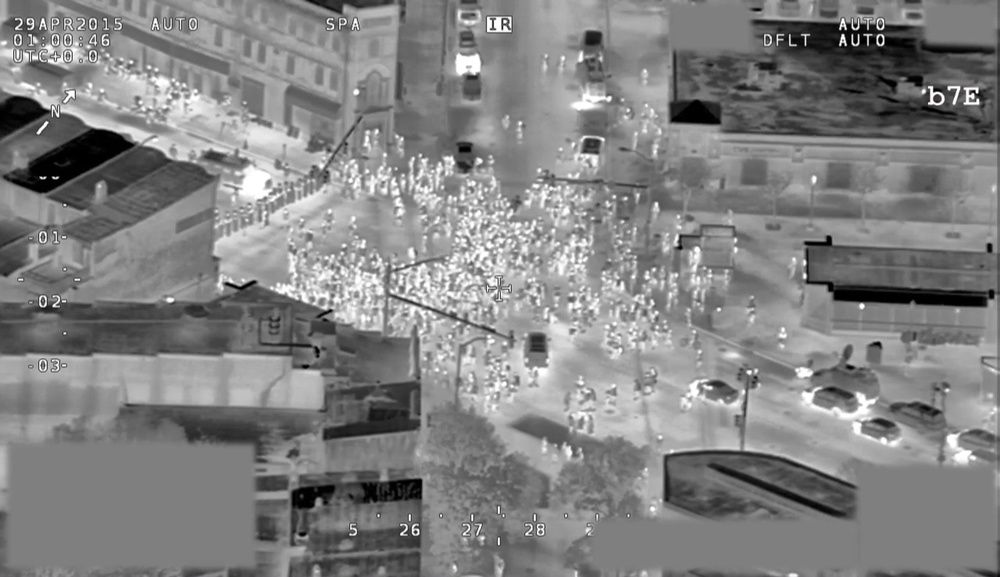I’m a Luddite – and Why You Should Be One Too
Los Angeles Times technology columnist Brian Merchant has written a book about the 1811 Luddite rebellion against industrial technology, decrying “entrepreneurs and industrialists pushing for new, dubiously legal, highly automated and labor-saving modes of production.”
In a new piece he applauds the spirit of the Luddites. “The kind of visionaries we need now are those who see precisely how certain technologies are causing harm and who resist them when necessary.”
The parallels to the modern day are everywhere. In the 1800s, entrepreneurs used technology to justify imposing a new mode of work: the factory system. In the 2000s, CEOs used technology to justify imposing a new mode of work: algorithmically organized gig labor, in which pay is lower and protections scarce. In the 1800s, hosiers and factory owners used automation less to overtly replace workers than to deskill them and drive down their wages. Digital media bosses, call center operators and studio executives are using AI in much the same way. Then, as now, the titans used technology both as a new mode of production and as an idea that allowed them to ignore long-standing laws and regulations. In the 1800s, this might have been a factory boss arguing that his mill exempted him from a statute governing apprentice labor. Today, it’s a ride-hailing app that claims to be a software company so it doesn’t have to play by the rules of a cab firm.Then, as now, leaders dazzled by unregulated technologies ignored their potential downsides. Then, it might have been state-of-the-art water frames that could produce an incredible volume of yarn — but needed hundreds of vulnerable child laborers to operate. Today, it’s a cellphone or a same-day delivery, made possible by thousands of human laborers toiling in often punishing conditions.
Then, as now, workers and critics sounded the alarm…
Resistance is gathering again, too. Amazon workers are joining union drives despite intense opposition. Actors and screenwriters are striking and artists and illustrators have called for a ban of generative AI in editorial outlets. Organizing, illegal in the Luddites’ time, has historically proved the best bulwark against automation. But governments must also step up. They must offer robust protections and social services for those in precarious positions. They must enforce antitrust laws. Crucially, they must develop regulations to rein in the antidemocratic model of technological development wherein a handful of billionaires and venture capital firms determine the shape of the future — and who wins and loses in it.
The clothworkers of the 1800s had the right idea: They believed everyone should share in the bounty of the amazing technologies their work makes possible.
That’s why I’m a Luddite — and why you should be one, too.
So whatever happened to the Luddites? The article reminds readers that the factory system “took root,” and “brought prosperity for some, but it created an immiserated working class.
“The 200 years since have seen breathtaking technological innovation — but much less social innovation in how the benefits are shared.”


